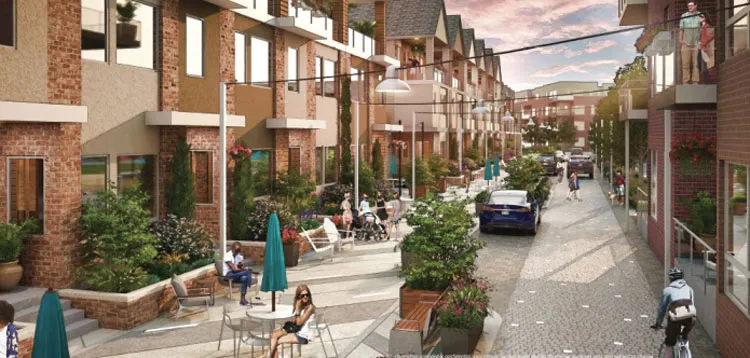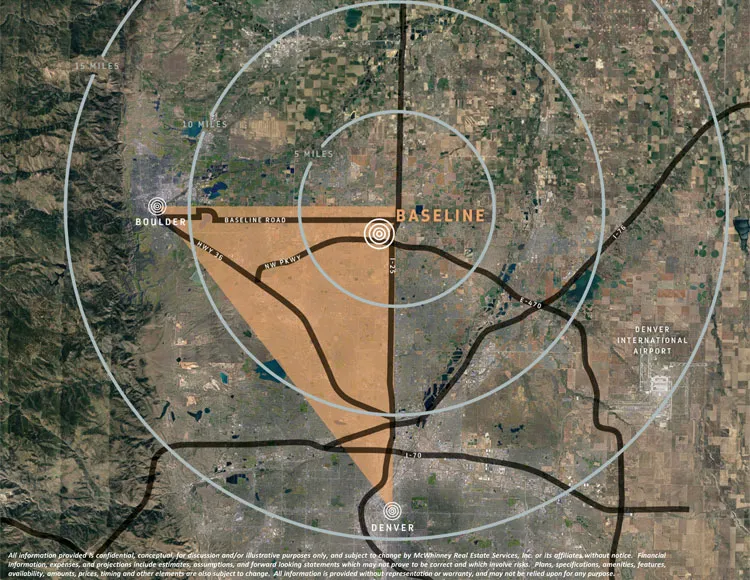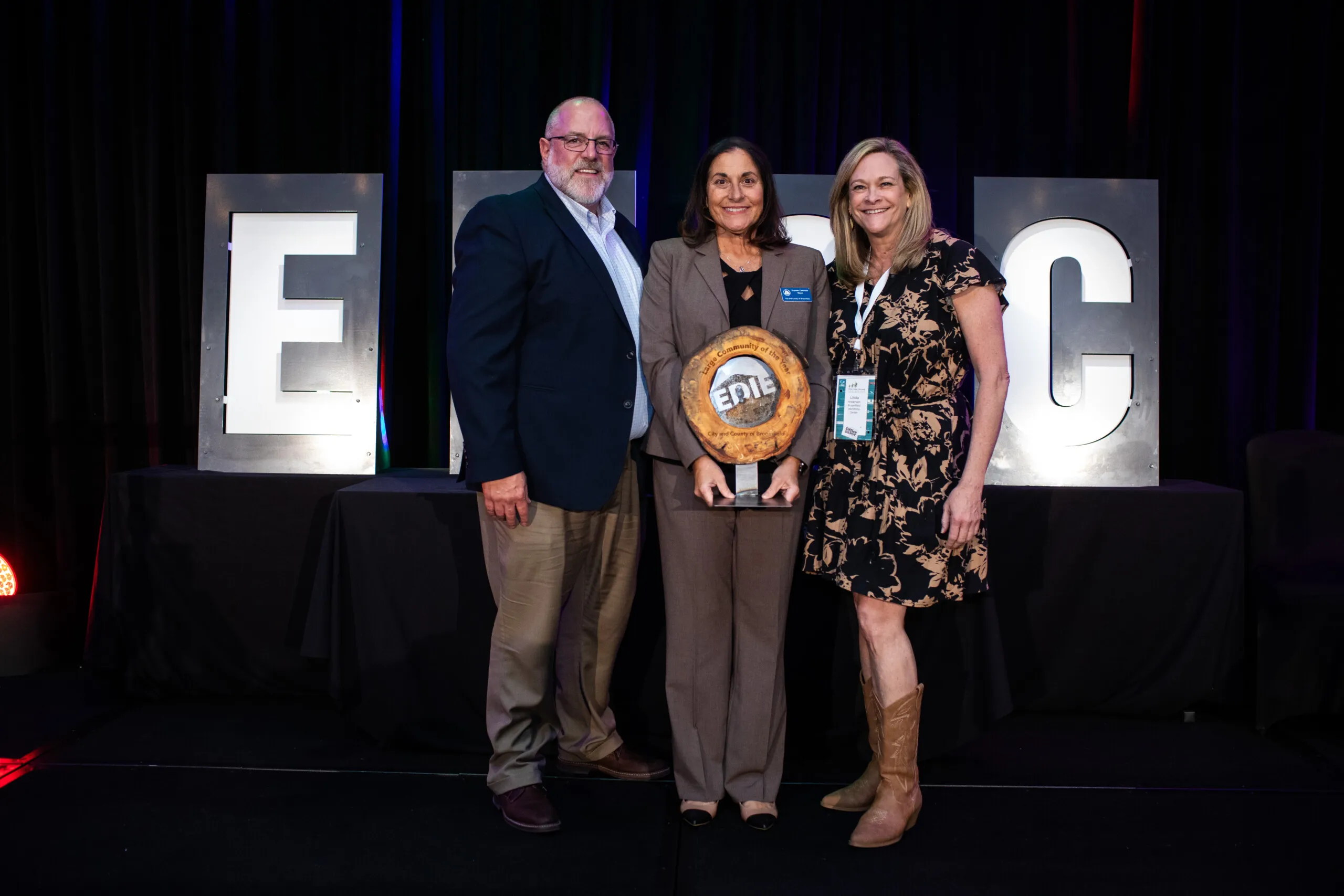Baseline takes shape in Broomfield


BROOMFIELD — If you’ve driven along Interstate 25 from Northern Colorado to Denver recently, you’ve probably seen it: a huge red sign on the west side of the roadway near the exit for Colorado Highway 7 that looks an awful lot like the virtual pin you’d drop to mark a spot on Google Maps inlaid with a large “B.”
“What’s this…
THIS ARTICLE IS FOR SUBSCRIBERS ONLY
Continue reading for less than $3 per week!
Get a month of award-winning local business news, trends and insights
Access award-winning content today!





